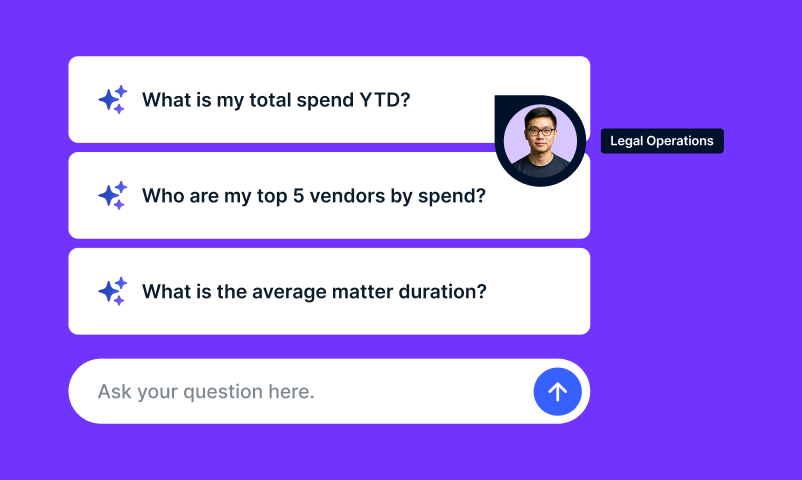As corporate legal departments search for better ways to work, the topic of business process automation (BPA) and digital transformation is becoming hotter than ever. Improving efficiency, exceptional user experience and reducing costs are top priorities for savvy companies and should be strategic priorities.
There are numerous best practices out there in the world of BPA and digital transformation. Here are some of our top ones to consider: 1
- Start with what you have. Already have a few processes outlined? Great! Start building from there. Are all your processes just “in your head”? That’s okay, too. Over the course of a typical business day, start writing down everything you do. Soon, you’ll start to notice process patterns emerging, as well as common bottlenecks.
- Don’t assume automation will fix all your problems. Yes, automating common processes can save you time and money, but only if the processes you have in place are effective. A bad process will not improve with automation.
- Root out waste. Look for the root cause of the business problem to discover and nullify inefficiencies.
- Assess what you have. Log your current BPA capabilities and note what is missing regarding requirements, so you only invest in missing technologies and avoid unnecessary duplication.
- Start with business needs and build out. Track the business requirements and use them to build your functional requirements accordingly. Use functional needs to develop technical requirements and assign these to your existing technology sets.
- Go mobile. Investigate mobile and cloud technologies, including mobile apps, that may provide solutions for your present needs and help stakeholders and remote staff in your processes. Take the time before implementing these technologies to understand how they will align with your current enterprise applications. Remember, BPA can also play the role of the integrating mechanism.
- Build in real-time optimization. Adopt an ongoing improvement program that will continuously monitor and optimize changes in real time. BPA is not a “one and done” project. Successful BPA requires an ongoing, cross-functional effort from all stakeholders.
To learn more about business process automation, download our white paper.
1 Brian Hughes: “How Business Process Management Will Change Your Small Business,” Huffington Post, July 2016



